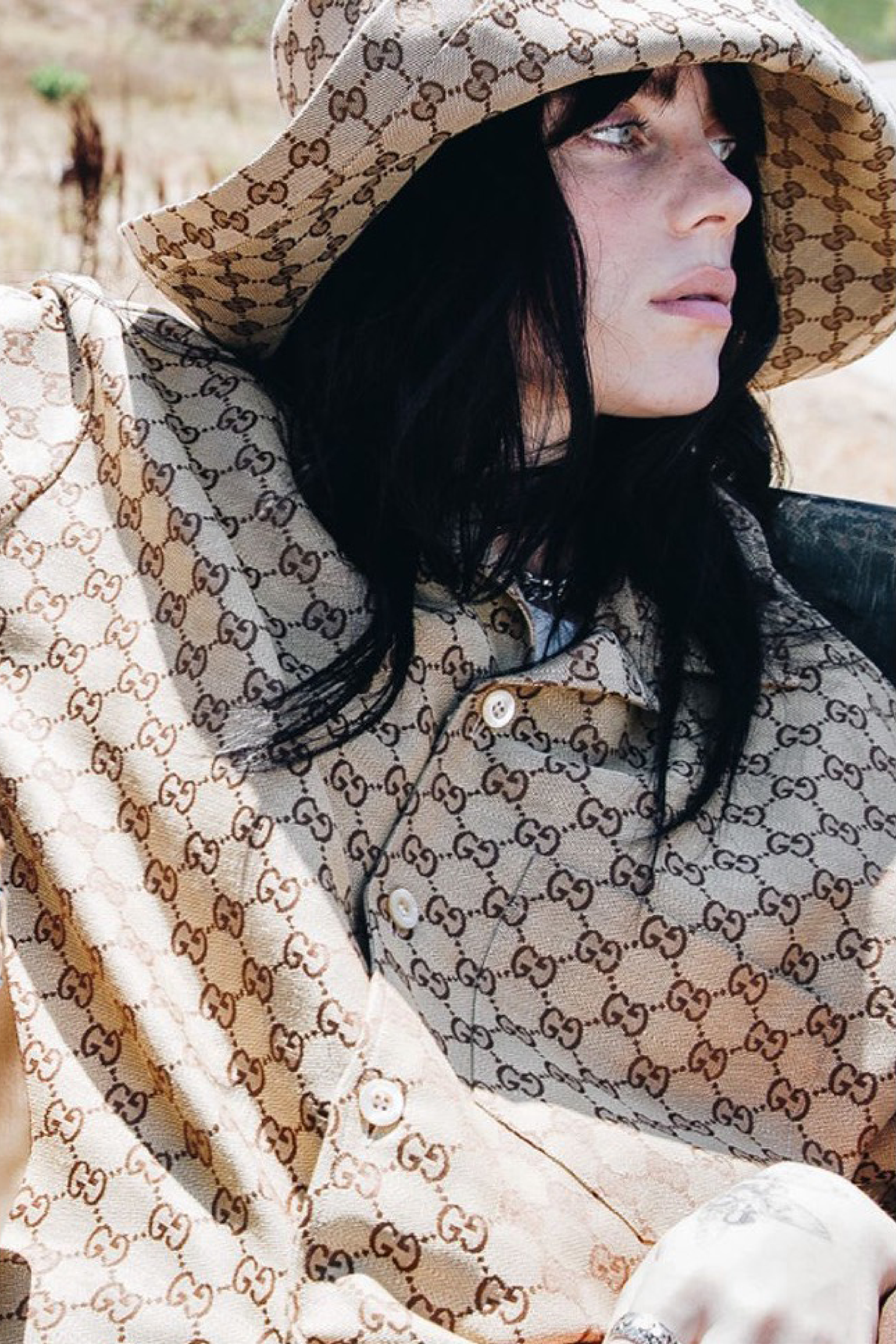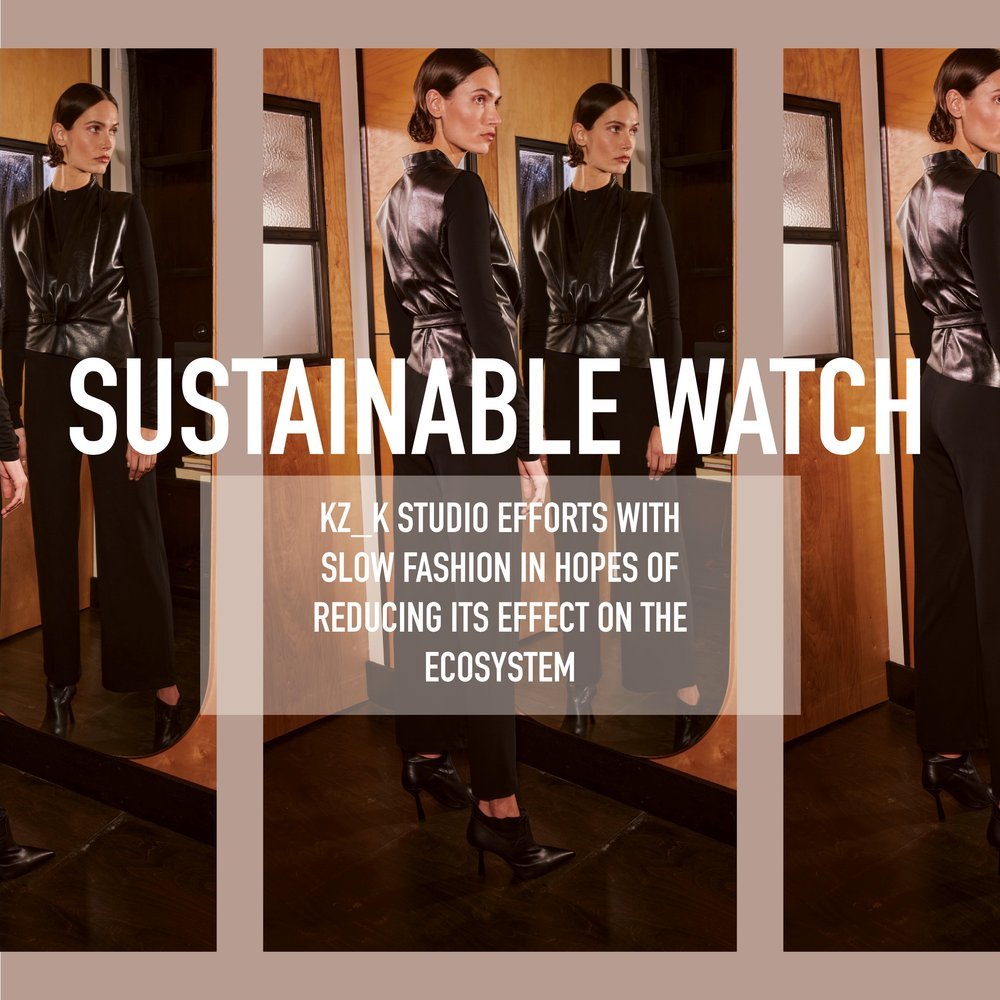Fashion Brands Opt for Vegan leather Amid Industry-Wide Sustainability Efforts
In the midst of a sustainability revolution in the fashion industry, major power players have opted to forgo traditional animal-based leather for vegan alternatives. Gucci recently launched a revival of its Horsebit 1955 bag, manufactured using its in-house vegan material Demetra. This recent iteration of the Horsebit follows a widespread industry trend, where brands are slowly transitioning away from real leather and using non-animal alternatives.
Courtesy of Hello! Magazine
Though leather alternatives can be derived from plant fibers, the majority of vegan leather is composed of either polyurethane (PU) or polyvinyl chloride (PVC), both types of plastic. These alternatives, made using fossil fuels, take years to break down and are linked to environmental degradation. According to experts, PU and PVC are often dumped in landfills, can release carbon in the atmosphere when incinerated and release microplastic pollution into soil, land, and water. In an attempt to offset the environmental harm, scientists have turned to plant-based leather. Using natural fibers such as grape skins, apples, and mushrooms allows less plastic and fossil fuels to be used, although not entirely. Most plant leather manufacturers use plastic resin or coating for the aesthetic and function of the garment.
Photo Courtesy of Complex
While plastic leather is more commonly used, many luxury brands prioritize plant-based leather in their manufacturing process. In 2021, Hermes announced a reimagining of the classic Victoria travel bag using the mushroom-based material Sylviana. The cult Scandinavian brand Ganni revealed its goal to eliminate its use of virgin leather by 2023 after experimenting with various types of plant-based leather from mushroom roots (Mylo) to grape waste (Vegea). And the H&M Group uses pineapple leather in their Conscious collection and plans to use wine leather in future drops.
Photo Courtesy of Dezeen
Others opt to use the traditional PU-based material. The Telfar bag, affectionately dubbed as the ‘Bushwick Birkin’, is made entirely of leather derived from a polyester/polyurethane blend aka plastic. As does the Hungarian label Nanushka, whose vegan leather pieces are some of their most popular products. While the trend towards sustainability has exploded in the past few years, some designers have made environmental sustainability a priority for the entirety of their careers. Designer Stella McCartney has been the foremost champion of environmental consciousness in luxury fashion. Her iconic Falabella bag debuted in 2009 and is routinely mentioned as being the first vegan It-bag.
Photo Courtesy of Darveys
The British designer has become a rare actor who regularly calls for the ban of animal leather and fur. In an interview with Vogue at COP26, she said, “We also invited our guests to take a stand against the climate and biodiversity crises by pledging to stop the use of animal leather and fur – a cause I have championed since day one.” Leather and its popularity can be directly linked to its perceived connotation of luxury and wealth. For consumers, it is a status symbol that many might be unwilling to easily leave behind. It then becomes the responsibility of brands to aim towards sustainability without sacrificing quality.
Photo Courtesy of SHOWstudio
Article by Sneha KC, Contributor, PhotoBook Magazine
Tearsheets by Chenglin Qu, Graphic Design Intern, PhotoBook Magazine








